There is a wide acceptance that we have drifted too far away from nature, and that we need to pull closer. Many have called for 30 by 30 - conserving 30 percent of nature by 2030. The 2022 State of the Birds Report pointed out that more than half of bird species normally found in habitats as diverse as forests, deserts and oceans in the United States are in decline. Climate change is a major factor in those declines, but human development also plays a key role by chewing into wildlife habitat and creating biological islands.
How do we reverse declines in wildlife and in wildlife habitat? Can we prevent Yellowstone, Yosemite, Kings Canyon, Rocky Mountain and other large Western landscape parks from turning into biological islands?
Today we’re going to explore the problems, and possible solutions, with Elaine Leslie, who was the National Park Service’s chief for biological resources before retiring, and Bart Melton, who leads the National Parks Conservation Association’s Wildlife Program.

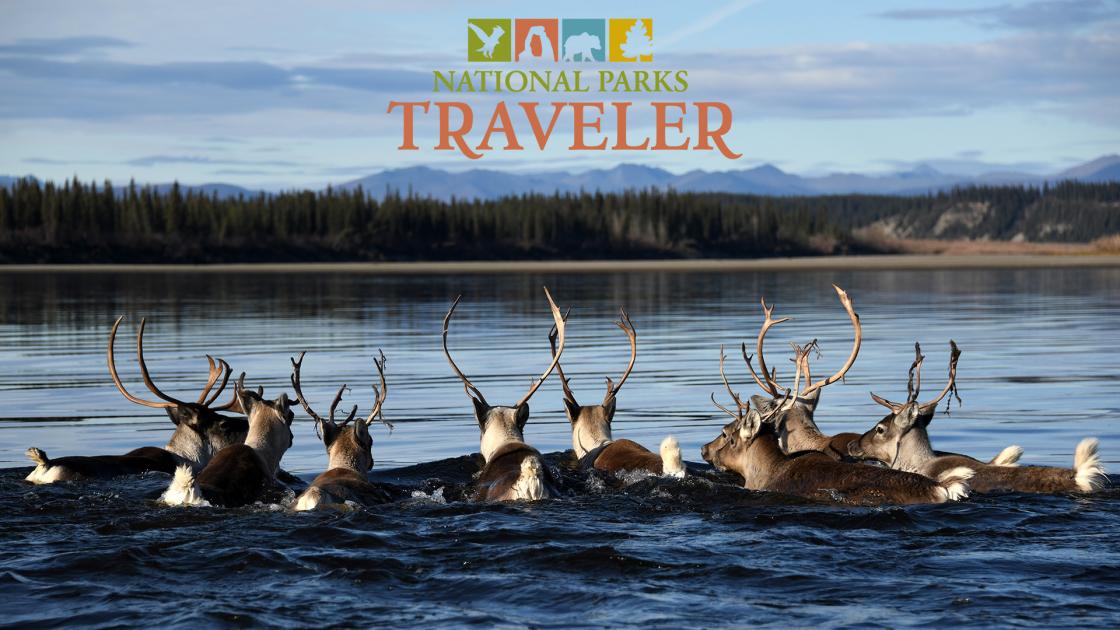

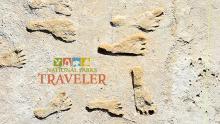
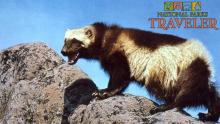
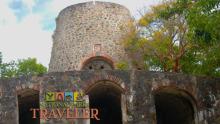
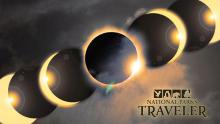
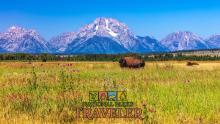

Comments
Our family has been trying to see all the national parks, we have been at it for the last 16 years and have been to 42. Our recent visit to some Alaska national parks really hit home how we are impacting them in a negative way, just by visiting. I'd love a podcast or list of ideas on how we can carbon offset our visits, limit our impacts, choose activities that don't damage the park, etc. I blog, mostly for family and friends, at www.ourwildoutside.com.
Love your instagram posts, and the detailed and indepth knowledge you provide.